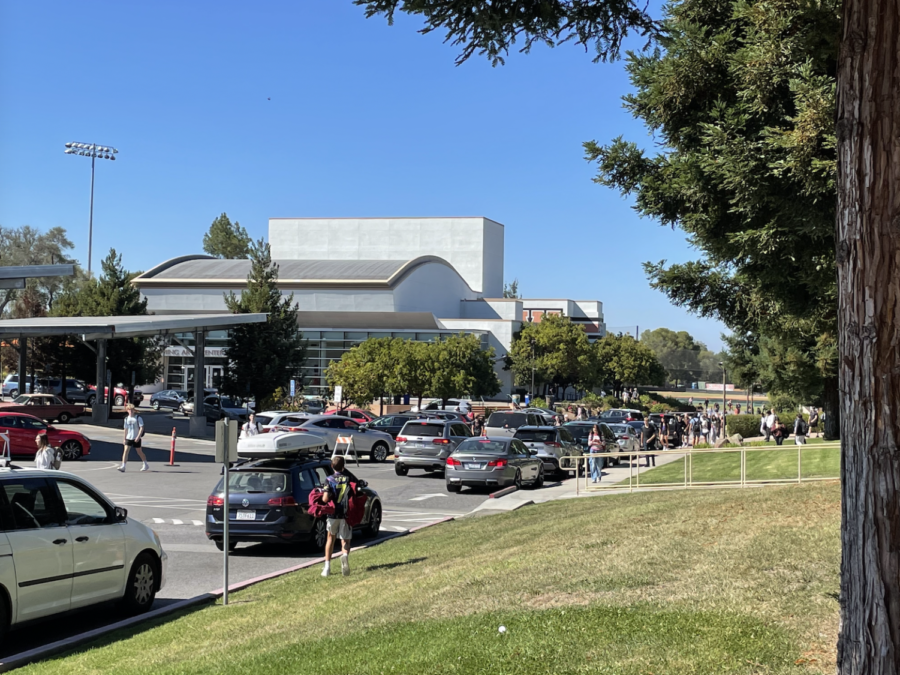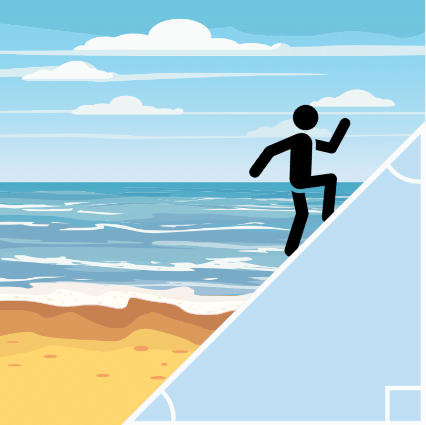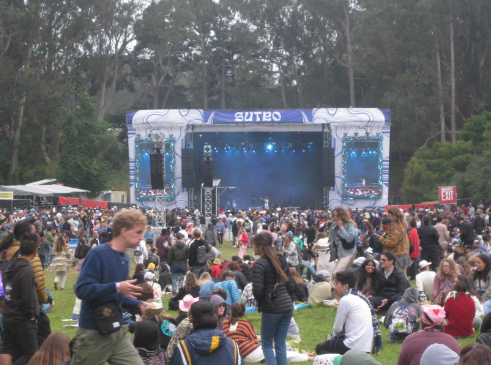As California public schools begin new efforts to prevent sleep deprivation among high schoolers this year, students consider whether the state’s measures are counterproductive.
Beginning on July 1 2022, California prohibits public school students from attending class before 8:30 A.M. As an act meant to offer students a later start time to catch up on sleep, this law seems beneficial at the surface level. However, along with a little extra time before the bell rings, this half-hour schedule shift has posed many obstacles for students. The intention of the schedule shift was to help students struggling with sleep deprivation, taking a weight off the shoulders of those struggling with overwork. Anecdotal evidence at Woodside shows that the common result, however, does not align with California’s goal. In many cases, the shifted start and end times have offered less flexibility, especially for students managing significant homework loads.
“Kids aren’t able to get as much sleep because later into the night, they’re doing homework,” sophomore Faye Krauskopf said. “And then they have to be up at a specific time in the morning, [so] it’s just way more stressful.”
Last year, students with a first period were required to arrive at school by 8:00 am, allowing many to avoid the busiest hour of traffic. This year, the delayed start time prompts a significantly lengthier drive to campus.
“I wake up at the exact same time, and I go to bed later, because I’m doing homework [at] a later hour,” sophomore Shay Brandes said. “It takes me half an hour to get here in the morning. It took me 12 minutes last year.”
With the new start time worsening the heaviest traffic, students can no longer easily dodge rush hour during their commute to campus. Students find themselves choosing between facing the traffic head on, or arriving at school long before the bell.
“Rush hour traffic is so much worse,” Brandes continued. “I have to [leave the house] before the traffic. I get here 10 minutes early, and I have to sit in the classroom with my chemistry teacher.”
Commuting to school at a difficult time is only half the battle. As the schedule shifts back half an hour, students are released from class at a later time, posing an entirely different set of obstacles.
“Normally, I would just do my [homework] right after class,” sophomore Kailey Mitchell said. “But now, because it ends later, I can’t do that. I have other stuff to do. I need to make dinner some nights, and I need to take care of my pets.”
A significant loss of time after school has become a challenge for those with sports or jobs outside of the classroom. In practicing for a club team that requires a significant drive, Faye Krauskopf does not benefit from a later release time.
“I have to drive to Gilroy three times a week,” Krauskopf said. “When school ended at 3:10, we were able to get to Gilroy by 4:30. But now because of the schedule change… I pretty much [can’t] practice with my team.”
Between lengthy drives and serious time commitments after school, balancing homework, sports, and sleep is worse than in previous years for students involved in extracurriculars.
“I have volleyball,” sophomore Caroline Maldonado said. “I get home at 4:40 because of how long it takes now… and I go to volleyball right after that… I have to drive 30 minutes to San Jose, 30 minutes back, and practice is like four hours… I do [homework] in the morning; that’s why I wake up at six.”
While California’s awareness around students struggling with sleep deprivation is an encouraging step in the right direction, students will need more than a shifted schedule to see any true improvement in the matter. Lack of sleep is a common issue among high schoolers, but a thirty minute shift can’t help to lighten the burden carried by busy students.
“I don’t like the school schedule,” Maldonado concluded. “It one hundred percent makes everything worse.”











